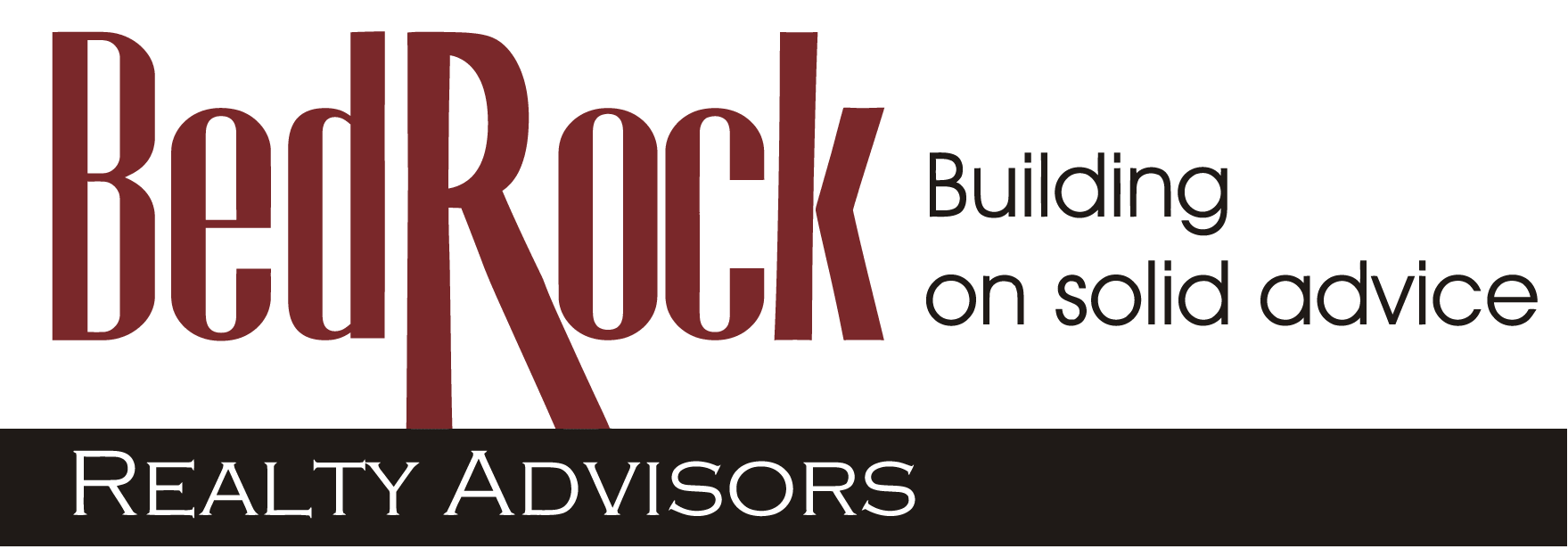What are Leasehold Improvements?
Leasehold improvements are defined as the customized alterations or improvements a building owner makes to a leasing space as part of the commercial lease agreement. Also known as Tenant Improvements, these alterations could be completed by the landlord as a way to attract tenants, or completed by the tenant themselves. Leasehold improvements generally include activities that can be easily removed upon leaving the premises, such as changing the flooring, painting the interior or exterior of the building, installing wall partitions and more. If the tenant is doing the improvements, they may be paid for by the landlord through what’s known as a Tenant Improvement Allowance (TIA). In this type of agreement, the tenant would usually have control over the improvements and the landlord would set a total budget for the improvements. The cost for these improvements would be broken down over the course of the lease payments. If the tenant goes over budget they must pay for any extra expenditures themselves.
Landlords may sometimes offer rental discounts for lease improvements in order to help offset the costs of the improvements by the tenant.
Leasehold Improvements: Get it in Writing
Leasehold improvements are very common clauses in commercial lease agreements, as it is rare for a tenant to find the perfect space as is, and nearly anything a tenant installs in the premises is a leasehold improvement. Both tenants and landlords should be careful to include any and all leasehold improvements in the lease agreement from the start, and include any possible future rental increases once the improvements are paid for. It is highly advised that landlords and tenants seek the assistance of a commercial real estate agent when discussing leasehold improvements to ensure all the details are clearly included in the document to avoid confusion.
Return to the main Glossary of Commercial Leasing Terms
